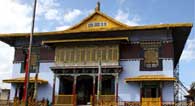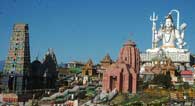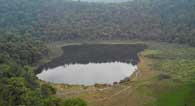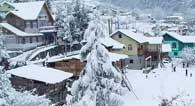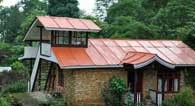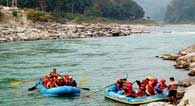A Mystical Extravaganza ... Mesmerizing, breathtaking, words could probably run down in silent whispers when you find
yourself facing the mighty world's 3rd highest Mt. Kanchendzonga right from your hotel room window. This mystical wonderland
gently tucked in the footh . . . .
Read more
Darjeeling, the enchanting town, also known as the "Queen of Hills" lies nestled in the grandeur of the
snow-capped mountains
and lush green tea gardens. A holiday resort during the British rule, this town still exudes its past grandeur, charm and majesty,
attracting a lot of visitors.
Read more
Situated in the Eastern Himalayas, this beautiful state of Sikkim is sandwiched between the kingdom of Nepal
in the West and
Bhutan in the East, Tibet in the North and the state of West Bengal in the South. With an area of 7,300 sq. kms.
Read more
The name 'Bhutan' appears to derive from the Sanskrit 'Bhotant' meaning 'the end of Tibet' or from 'Bhu-uttan'
meaning 'high land'. Though known as Bhutan to the outside world, the Bhutanese themselves refer to their country as Druk Yul or the
Land of the Thunder Dragon.
Read more





